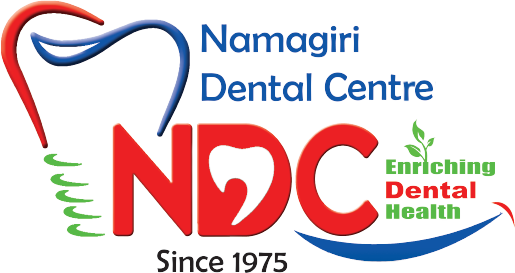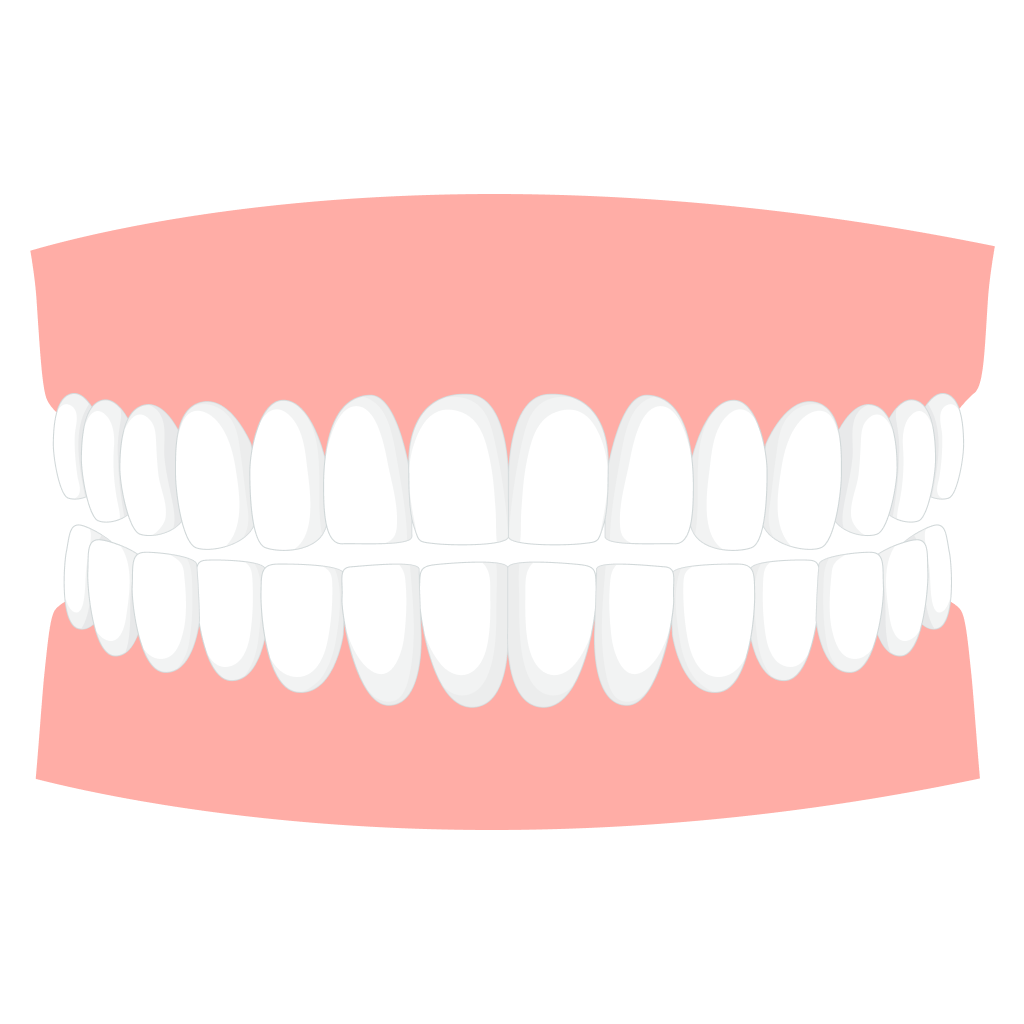

Prosthodontics is the dental specialty focused on restoring and replacing lost or damaged teeth. Often called the “architects of the smile,” prosthodontists bring a unique approach to crafting beautiful, functional smiles.
Dentures are removable appliances that are used as replacements for missing teeth and tissues. They are artificial teeth that enable normal functioning of the human mouth. Complete dentures are advised when all the teeth are missing, and partial dentures are applied when some natural teeth are missing. They are custom-made especially for a set of teeth and gum lines.
Complete Dentures fit over the upper teeth and roof and on the lower teeth placed like a horseshoe. They are conventional dentures and are removed during the night for cleaning.

Dental implants are one of the most common methods of tooth replacement. Dental implants are a very reliable type of tooth replacement that both looks and feels like a real tooth. Dental implants provide a permanent solution if you need to replace a single tooth, or multiple teeth, in different areas. If taken care of, dental implants can last you a lifetime. The process of placing your dental implant can be somewhat lengthy. It begins with the replacement of your tooth’s root with metal screws, which will be used as an anchor for the false tooth placed on top. Once the screws have been put into place, you will need to allow the implant to heal for a few months, during which time, the implant becomes securely fused to your jawbone. Once the implant has healed completely, a dental crown will be placed on top and secured.
Partial Dentures consist of replacing missing teeth attached to artificial gum connected by a metal framework, which helps to hold the denture in place. Missing teeth can change the position of other teeth, and hence partial denture helps to overcome this problem and keep the teeth intact.
Your temporomandibular joint is a hinge that connects your jaw to the temporal bones of your skull, which are in front of each ear. It lets you move your jaw up and down and side to side, so you can talk, chew, and yawn. Problems with your jaw and the muscles in your face that control it are known as temporomandibular disorders (TMD). But you may hear it wrongly called TMJ, after the joint.
In some cases, the symptoms of TMJ disorders may go away without treatment. If your symptoms persist, we doctors may recommend a variety of treatment options, often more than one to be done at the same time.
Full mouth rehabilitation is any combination of cosmetic, restorative, or general dental procedures that are aimed at permanently enhancing your smile’s aesthetic appearance and dental functioning. Simply put, full mouth rehabilitation is the most efficient and effective way to give you the smile you’ve always wanted.
NDC works with state-of-the-art labs and lab technicians to provide each individual patient with catered care that delivers optimal results. Our dental experts will help you design and create your ideal smile, taking into account both your oral health and cosmetic appearance.
Smile designing is a process of improving the appearance of a smile through various procedures, which can be cosmetic or surgical. Smile designing takes into consideration the tooth color, tooth size, tooth shape, tooth position, lip position, lip length, gum position, and gum color. The procedure could include bonding, teeth whitening, tooth-colored fillings, Lumineers, veneers, dental crowns, implants, or bridges.
Dental crowns are tooth-shaped caps that are placed on the tooth to restore the shape, size, and appearance of the tooth. They also enhance the strength of the tooth. If the major part of the tooth is missing, then the crown is the best solution for it. By placing the crown, a tooth can function normally again. Crowns for teeth are usually made from different materials. While NDC provides you crowns made out of:
Copyright © 2025 JGDHealth || All Rights Reserved
Please help us in serving you better
Please introduce yourself: